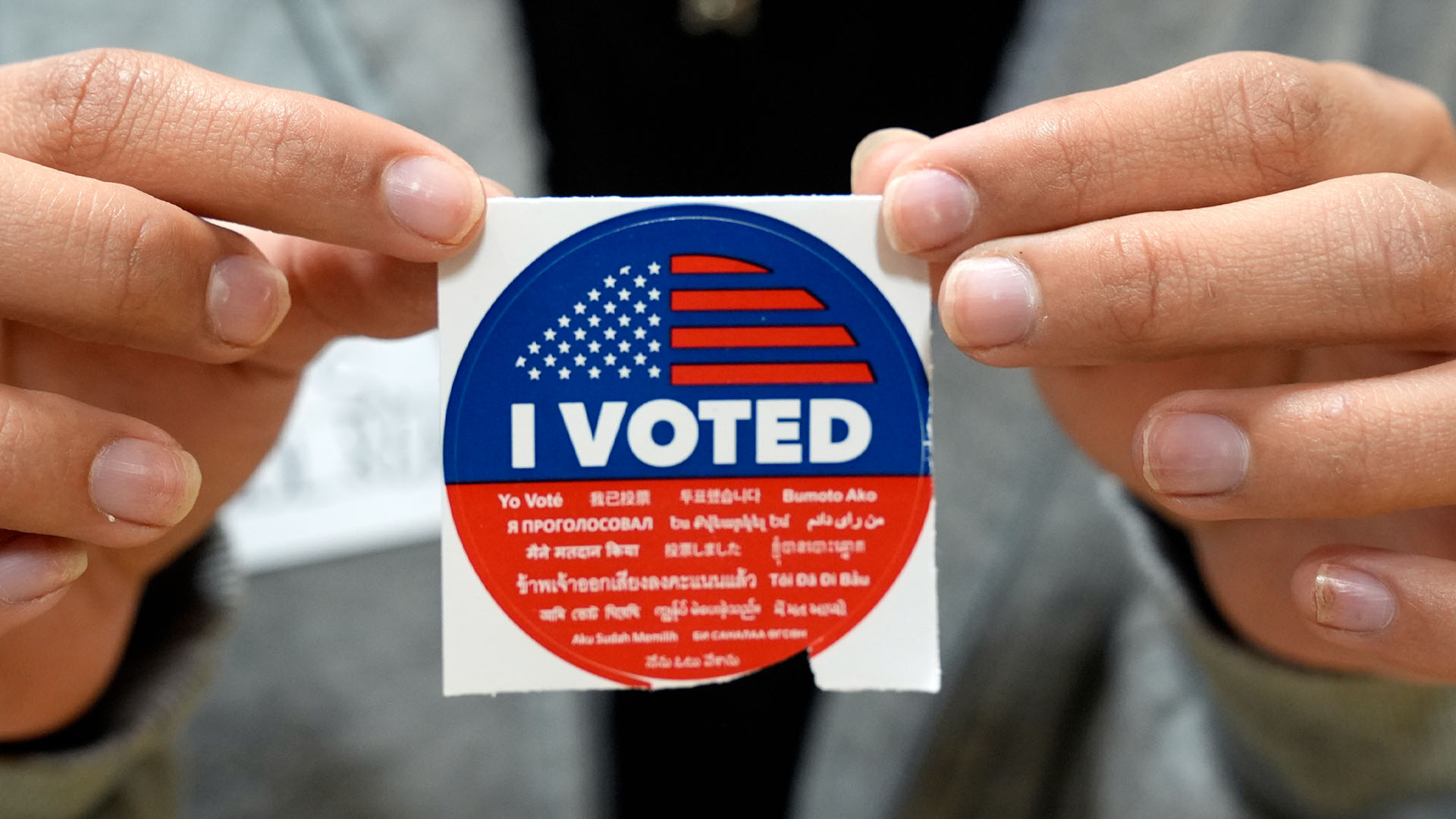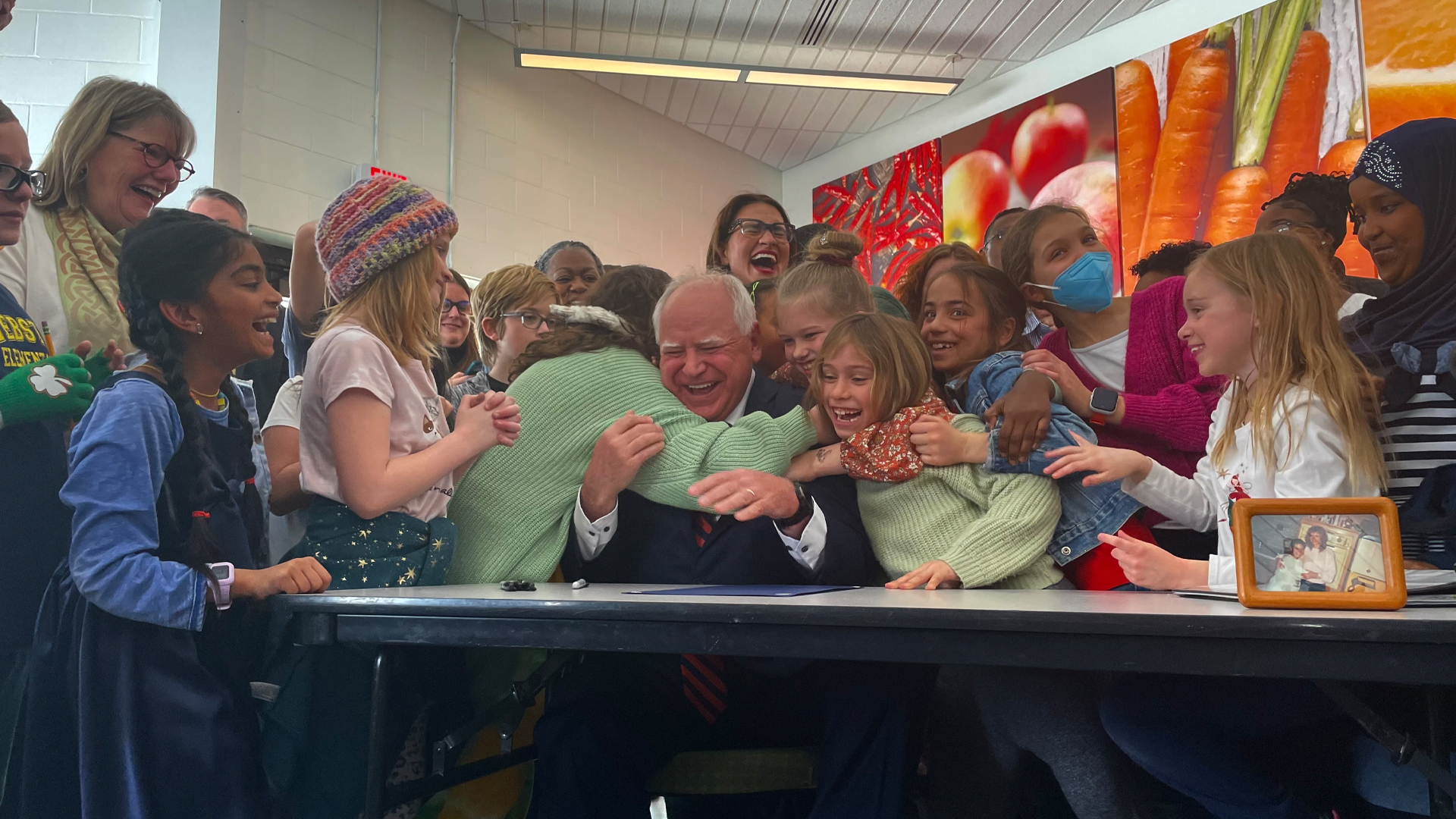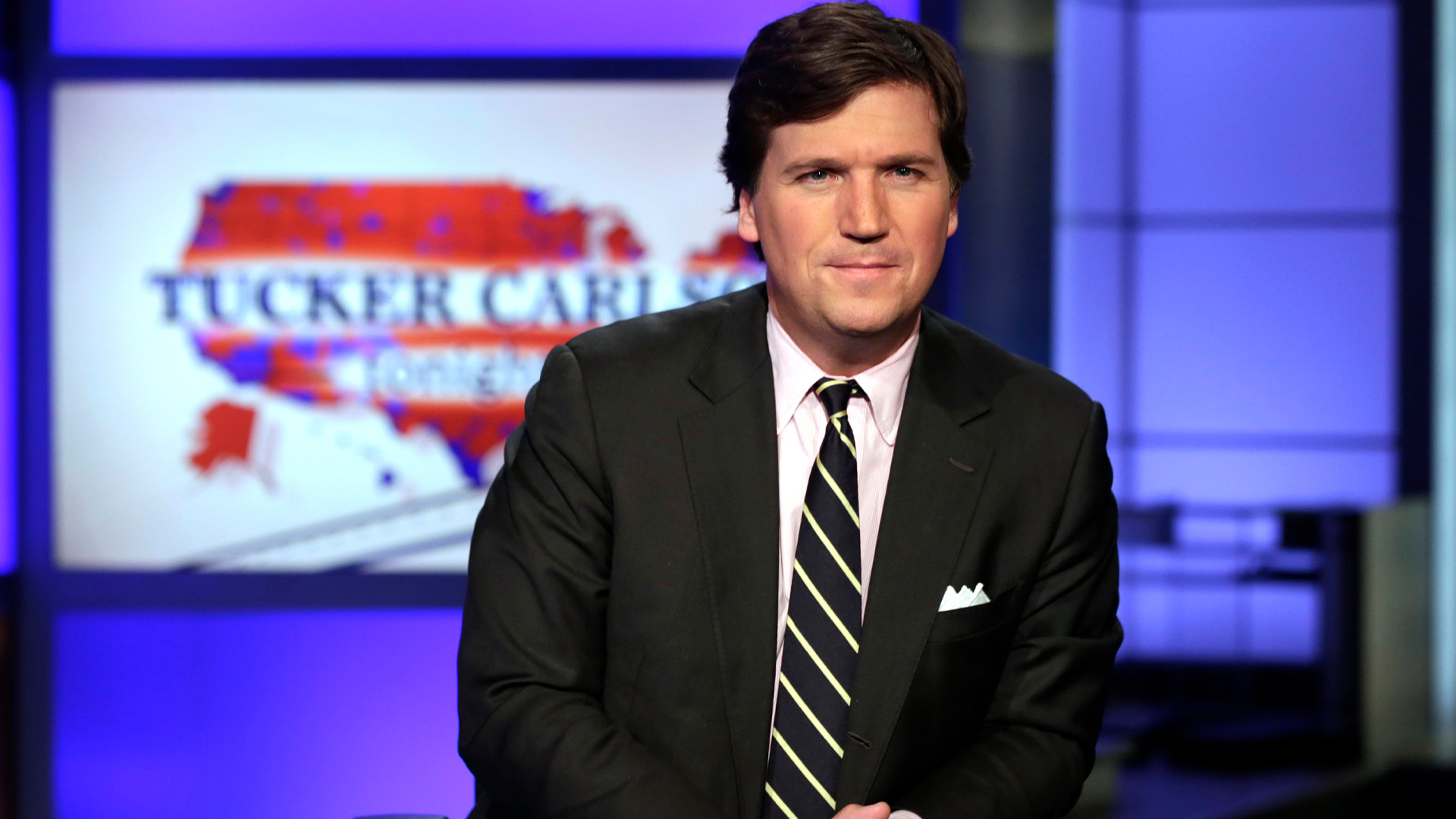
The word “disruption” pops up just about everywhere these days, suddenly transformed into something companies and governments actually want. Uber is an example of a disruptor — shaking an age-old industry to its core, with an innovation that the marketplace suddenly realizes it desperately needs.
The Conservative Party of Canada needs a disruptive leadership candidate.
You mean, like Donald Trump, some might naturally ask. The short answer is, yes.
Donald Trump has disrupted politics in the United States. This week, he become the presidential nominee for a party that didn’t even want him. He has risen to the top against the predictions and warnings of pundits on both the left and the right.
Michael Lind, co-founder of the New America Foundation, told NPR late last year that part of Trump’s success can be explained by the fact that so many voters aren’t seeing their issues addressed by either of the parties. He pointed to the substantial percentage of Democrats who want to curb immigration, and the large numbers of Republicans who don’t want to see social security cut.
“When you get large groups in the population whose combinations of particular policies do not fit the combinations on offer by our two parties, you get a substantial part of the electorate turning to outsiders because of a lack of any other choices,” Lind told the On the Media program.
Lind wondered aloud why elitist Democrats would ignore potential support from religious Americans, who can simultaneously support progressive policies such as child care and Wall Street reform.
The point isn’t that the Conservatives need a candidate with Trump’s bombast or policies, but that they need a leader who can help identify and build a different coalition of support. Stephen Harper certainly did that, successfully pursuing ethnic groups that had traditionally backed the Liberals. He understood that socially conservative Canadians within those populations would be natural supporters. (Of course, that support withered away with the Barbaric Cultural Practices Hotline and the revocation of citizenship campaign in the 2015 election).
A bold Conservative leadership candidate would take another look at the Canadian population and see different configurations of support. She or he would take Tom Flanagan’s advice in the book Winning Power and not rely on the intuitions of party strategists alone, “because they themselves are not typical of the people they are trying to attract.”
Such a Conservative candidate might decide to usher in an entirely new chapter of Canadian conservatism, one that is not based on constantly “cracking down” on people and things, but on building and innovating — in a fiscally responsible way, of course.
A bold Conservative candidate might aggressively go after women voters by focusing on them as drivers of economic growth, rather than just as two-dimensional “soccer moms” who want a tax break. David Cameron went this route by making pay equity and access to child care a major promise. He didn’t achieve what he said he would, but perhaps a determined Canadian Conservative could. Justin Trudeau’s child care approach appears (so far) to be the same as Harper’s – mail out cheques. How does that help a working woman living in a small town who has limited daycare options, or who needs to get to an industrial park but has no reliable source of transportation?
(And incidentally, all Conservative candidates should be promising to do something about their party’s dismal record on the recruitment of women candidates – inexcusable.)
A savvy Conservative candidate might recognize the folly in demonizing carbon taxes, and embrace the long-term economic possibilities that moving away from fossil fuels hold for the economy — including in the agriculture and forest-product sectors. Angela Merkel, another conservative, has done just that with her country’s Energiewende policy of transitioning into renewable energy and cutting carbon emissions. Over the decade of Conservative government, Canada lost 39 percent of its market share in manufactured environmental goods, and it continues to be overtaken by other countries.
That disruptive Conservative candidate could tap into the concerns that Canadians have about elementary-level education (especially math) and about care for the aging. She or he could promise to do away with supply management as well as foreign-investment limits, could make consumer protection a cornerstone of their platform.
The policy possibilities are endless, and it would be silly for any Ottawa pundit to claim they know what Canadians want — that’s what public opinion researchers are for.
But listen up, potential and existing Conservative contenders: you don’t need to read the previous guy’s script. There isn’t one mold for a Conservative today.
By the end of Stephen Harper’s time in office, the party’s policies and rhetoric seemed so…2000-and-late, to borrow a phrase from the Black Eyed Peas. It’s high time someone shook things up, and perhaps a new universe of support would shake out in the process.
Photo: IBL/REX/CP Photo
Do you have something to say about the article you just read? Be part of the Policy Options discussion, and send in your own submission. Here is a link on how to do it. | Souhaitez-vous réagir à cet article ? Joignez-vous aux débats d’Options politiques et soumettez-nous votre texte en suivant ces directives.








